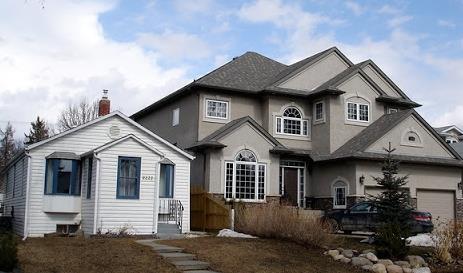Finally some rain!
I’d written, briefly, a few weeks ago, about my favourite part of the season: the four-month plant party in which every growing thing goes crazy. I love the climbers that cover large swathes of the Konkan – a green hijab – of the Sahyadri valley. I love neon-green moss on boundary walls. I love shoots tearing out of concrete corners. And along the Mumbai-Pune Expressway last weekend, I spotted so many wildflowers, I suspect I bored my travel companion half to sleep.
I’ve been looking for a good field guide to the season’s plants. I haven’t found one yet. This one is by no means exhaustive, but certainly is among he prettiest. And it’s from the Bombay Natural History Society publication from 1959. The fourth in the BNHS’s Glimpses of Nature series, Our Monsoon Plants lists a handful of common greens (and, helpfully, local names), as compiled by Madhav Raut and beautifully illustrated by Mrs B Lucas.
Here are excerpts from some of my favourite entries:
TALIMKHANA
Talamkhana (Hindi) Gokshura (Hindi and Marathi) Talimkhana; Kolsunda (Marathi)
This thorny shrub attracts attention by the conspicuous colour of its flowers, which may vary from purple-blue to pale violet. The flowers are borne in whorls at each node. All over the country large patches of swampy places are covered with it, while during the monsoon it is common in damp places and along the roadside.

INDIAN FLEABANE
Sahadevi (Hindi, Marathi and Gujarati)
This small herb, bearing tiny brush-like flowers, is found in the countryside and also as a weed in fields and gardens. Each brush-like flower is really composed of a number of tiny flowers. When the ‘seeds’ (really fruits) ripen, small powder-puff-like balls are seen. We can see many species of this plant having white, pink, violet, reddish or purple flowers.
HILL TURMERIC
Kachura (Hindi) Ran Halad, Ambe Halad (Marathi) Kachuri (Gujarati)
Seen along streams and rivulets as attractive bunches of flowers coming up from the ground surrounded by broad leaves. They form bright, conspicuous patches. The mauve-purple parts of this plant (often as red as illustrated) are the coverings—known as bracts — of small clusters of bright yellow flowers which are partly hidden. Different species may have dark rose, crimson, purple, pink or red bracts, and purple, yellow or white flowers.
LOGIN TO REPOST THIS NEWS








LEAVE A COMMENT
Cease from posting remarks that are foul, abusive or provocative, and don't enjoy individual assaults, verbally abusing or affecting scorn against any community.Help us erase remarks don't pursue these rules by checking them hostile. We should cooperate to keep the discussion common.
COMMENTS